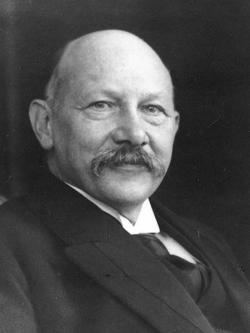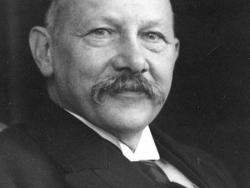On 8 April 1911, Professor Heike Kamerlingh Onnes and his collaborators, Cornelis Dorsman, Gerrit Jan Flim, and Gilles Holst, discovered superconductivity. They observed that the resistance of mercury approached "practically zero" as its temperature was lowered to 3 kelvins. Today, superconductivity makes many electrical technologies possible, including Magnetic Resonance Imaging (MRI) and high-energy particle accelerators.
Magnets

YearAdded:
Image Credit: Courtesy Wikipedia/Museum Boerhaave Image Caption: Today, superconductivity makes many electrical technologies possible, including Magnetic Resonance Imaging (MRI) and high-energy particle accelerators.Era_date_from: 1911
2011
Innovations

On 8 April 1911, Professor Heike Kamerlingh Onnes and his collaborators, Cornelis Dorsman, Gerrit Jan Flim, and Gilles Holst, discovered superconductivity. They observed that the resistance of mercury approached "practically zero" as its temperature was lowered to 3 kelvins. Today,…
Read More

